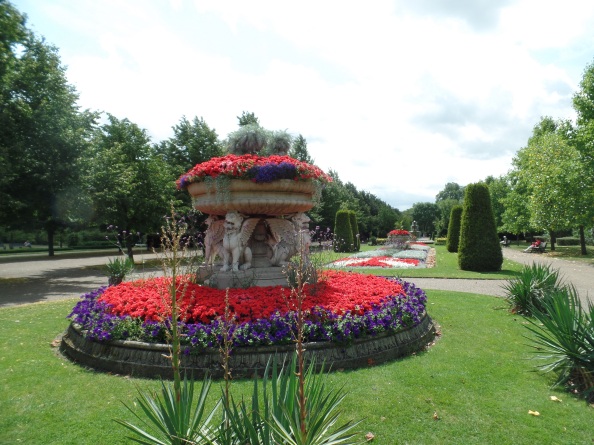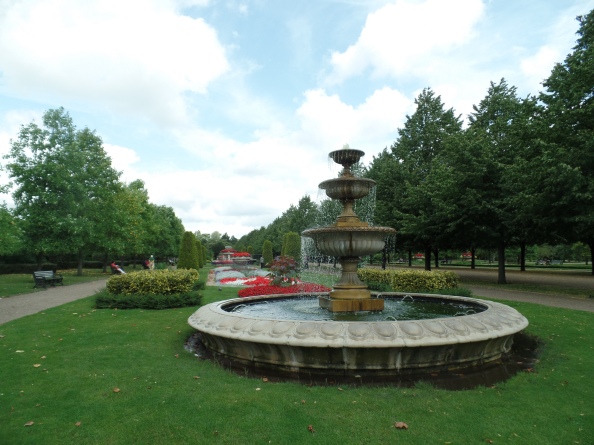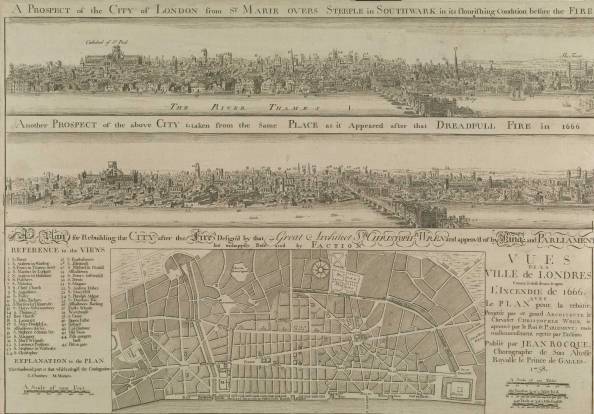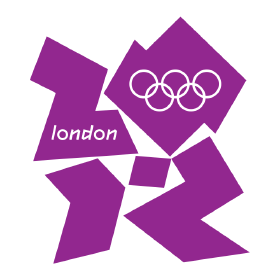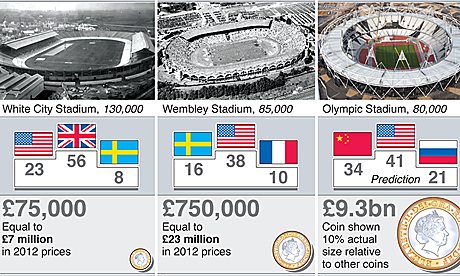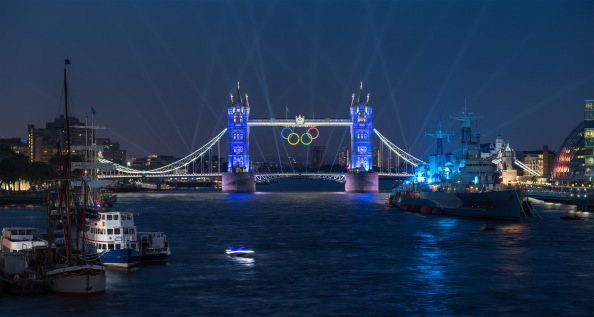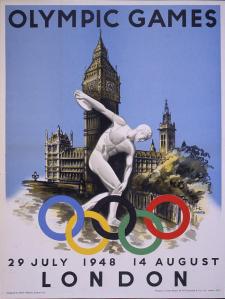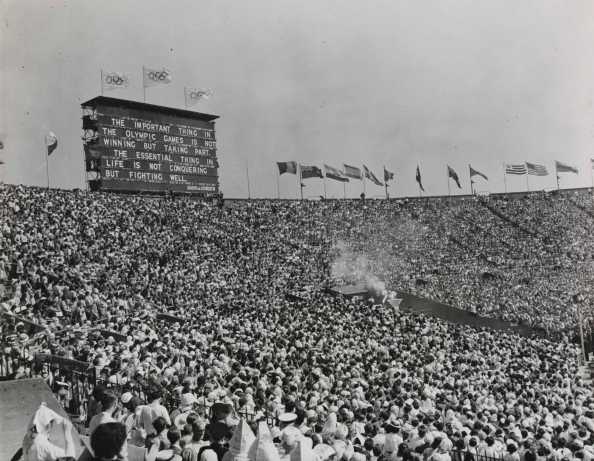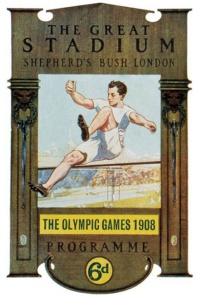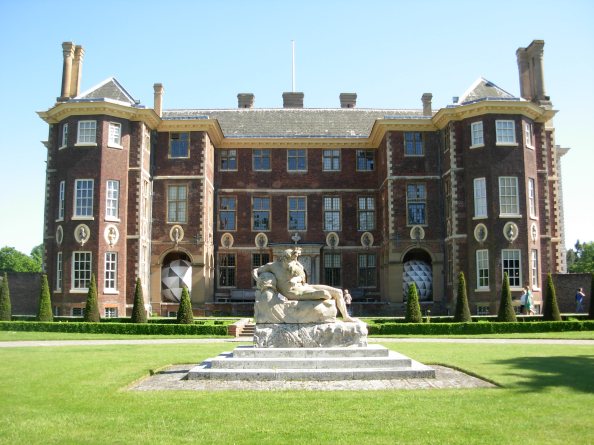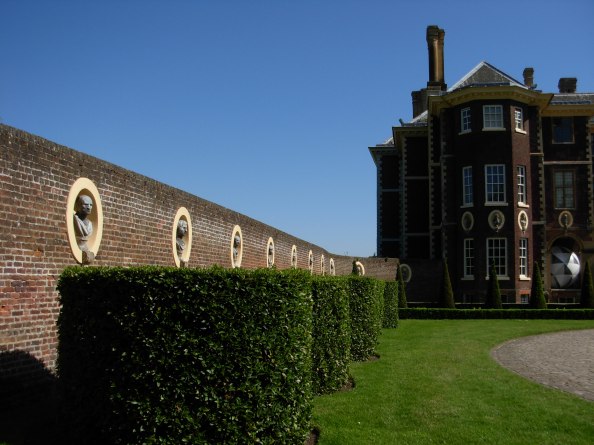
London at Night – photo credit: NASA/Cmdr Chris Hadfield (wikimedia commons)
As an historian of the modern era, it’s easy for me to get caught up in the details and events of the past that can easily be related to the current day without considering that I am only looking at a tiny slice of human history. I’ve been thinking about different ways in which to perceive and wrap my mind around the vast scope of the history of humanity, and our current-day place in it.
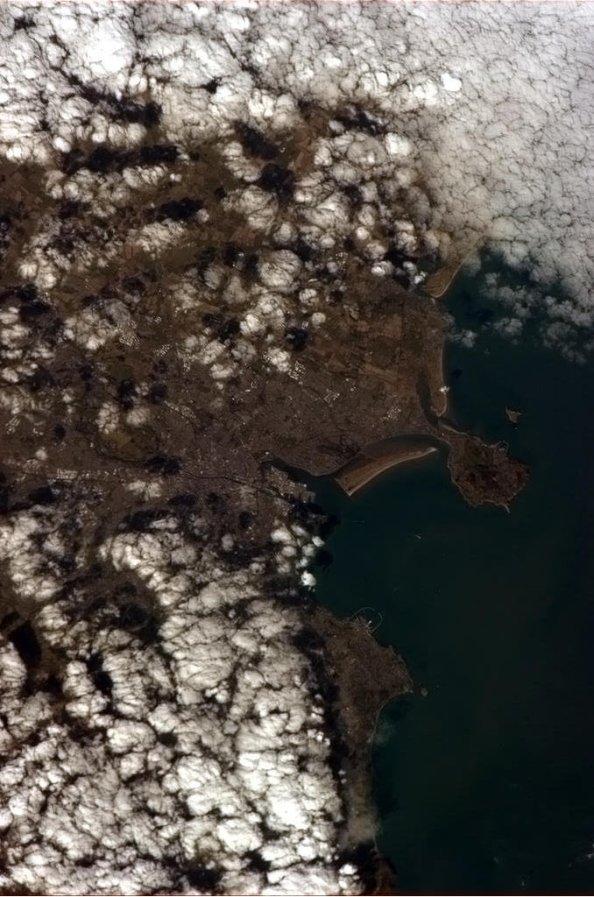
Dublin from the ISS – photo credit: NASA/Cmdr Chris Hadfield (wikimedia commons)
One way that came to mind was to look at the world from an outside vantage point – from space. This might be a good way to present the scope of history to students as well, as a means to spark conversation.
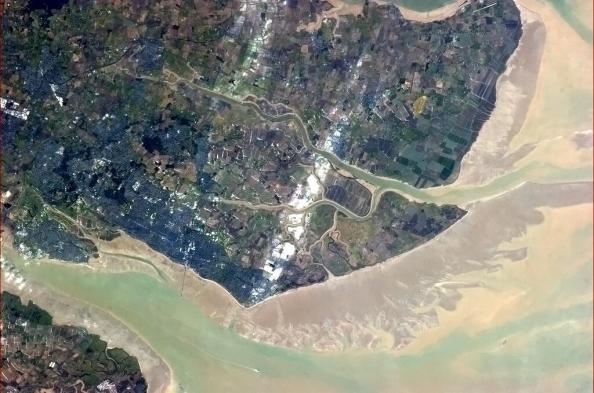
Thames Topsoil Flow – photo credit: NASA/Cmdr Chris Hadfield (wikimedia commons)
Canadian Astronaut Chris Hadfield, who took over 45,000 pictures of Earth in his five months on the International Space Station, writes that seeing the world from a different angle helped him to understand the world better.
Those spectacular, two-thousand-mile views make you a lot more aware of the big picture.
Every landscape, whether man-made or wholly natural, has a backstory. Going to space forced me to figure some of them out – and doing that has changed, irrevocably, the way I perceive the world. For instance, I have a much deeper appreciation for the immensity of time. Today, driving down the highway near my house, I pass a hill and register not just a hump of rocky soil, but also the glacier that clawed and bumped it into existence thousands of years ago. I recognize the vast lakes and rivers near my home for what they really are: comparatively puny remnants of an enormous inland body of water, whose traces I saw from the ISS.
Being able to perceive the narrative line behind our planet’s shapes, shadows and colors is a bit like having a sixth sense. It provides a new perspective; we are small, so much smaller even than we may have thought. To me, that’s not a frightening idea. It’s a helpful corrective to the frantic self-importance we are prone to as a species – and also a reminder to make the most of our moment on this beautiful, strange, durable yet fragile planet.
– Chris Hadfield, You Are Here: Around the World in 92 Minutes (2014)
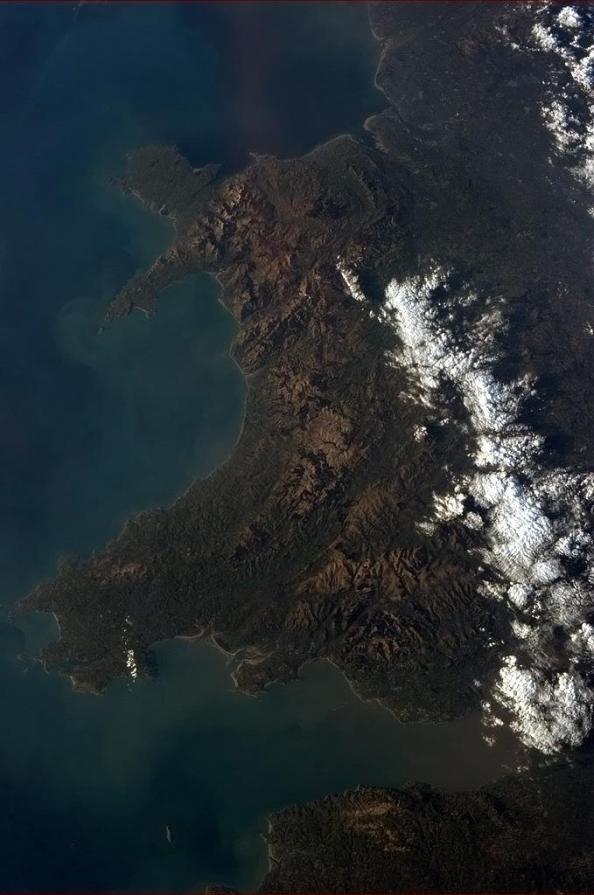
Wales from the International Space Station – photo credit: NASA/Cmdr Hadfield (Wikimedia Commons)
Hadfield writes,
Europe’s multiple personalities, apparent even 240 miles above Earth, were shaped by the whims of geology and climate – but also because of millennia of cultivation by different groups of humans with evolving ideas about how to make the most of a relatively small continent.
Seeing the world from afar can help in understanding how geography and geology have influenced human movements and choices (and how humans have impacted the world). It can highlight interconnections that we might not have noticed before, or barriers. It illustrates change and continuity over the long scale of history that can be hard to grasp from the modernist perspective.
Clear skies at last, from Cardiff to Belfast to Edinburgh to London, to the northern lights, and beyond. pic.twitter.com/gW4LDVfk
— Chris Hadfield (@Cmdr_Hadfield) February 15, 2013

